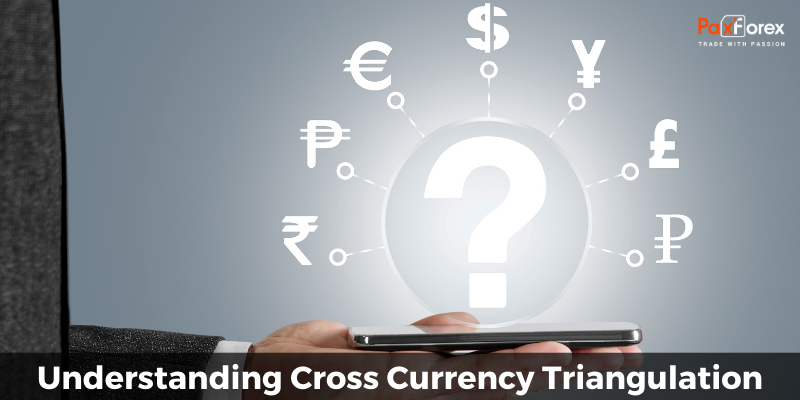
The major significance and importance of cross-currency triangulation are due to the fact that many spot currency cross pairs are not traded against each other in the interbank market as standard pairs. With a realignment of the currency markets due to the adoption of the euro, cross currency pairs such as the EUR/JPY, GBP/CHF, GBP/JPY and EUR/GBP, as well as many other cross currency pairs, developed over time, for many reasons. The idea of cross rates implies two exchange rates with a common currency, which enables you to calculate the exchange rate between the remaining two currencies.
Currency triangulation refers to the process whereby amounts from one national currency must be converted to another participating national currency by way of another currency. The definition of a cross pair is the creation by two separate currency pairs with USD and Non-USD employed as the basis to calculate. The term is triangulation and done through the various legs. What is created is a cross pair. A cross pair triangulation and creation of a currency pair is the opposite of a synthetic currency. A synthetic currency is created by pairing a convertible currency to a blocked currency. A blocked currency lacks the ability to freely trade and trades on the black market.
Reason for currency triangulation strategy in most instances, exercising the triangulation strategy provides profits due to the presence of exchange rate disparities. Generally, currency trading takes place among the banks which quote the currency rates. A profit making opportunity exists in interbank and retail currency trade due to discrepancies in the exchange rates. The currency triangulation strategy can be exercised in various ways. Suppose a trader rounds a trade by buying two currency pairs and selling one for initially holding currency. The trader's profit depends on the timing of order execution and the exchange rate at that time.
During triangulation, the source currency is first converted to an intermediate value expressed in euros for example. This amount is then rounded to not less than three decimal places. Finally, the euro amount is converted to the destination national currency and the result rounded to the appropriate number of decimal places for that country. The exchange rate between the euro and each participating currency is set at a fixed rate that will never change. To establish a currency relationship between triangulated currencies, you must define three currency relationships: From the source currency to the target currency with no exchange rate, from the source currency to the euro with the legally set exchange rate and a Divide operator and from the euro to the target currency with the legally set exchange rate and a multiply operator.







